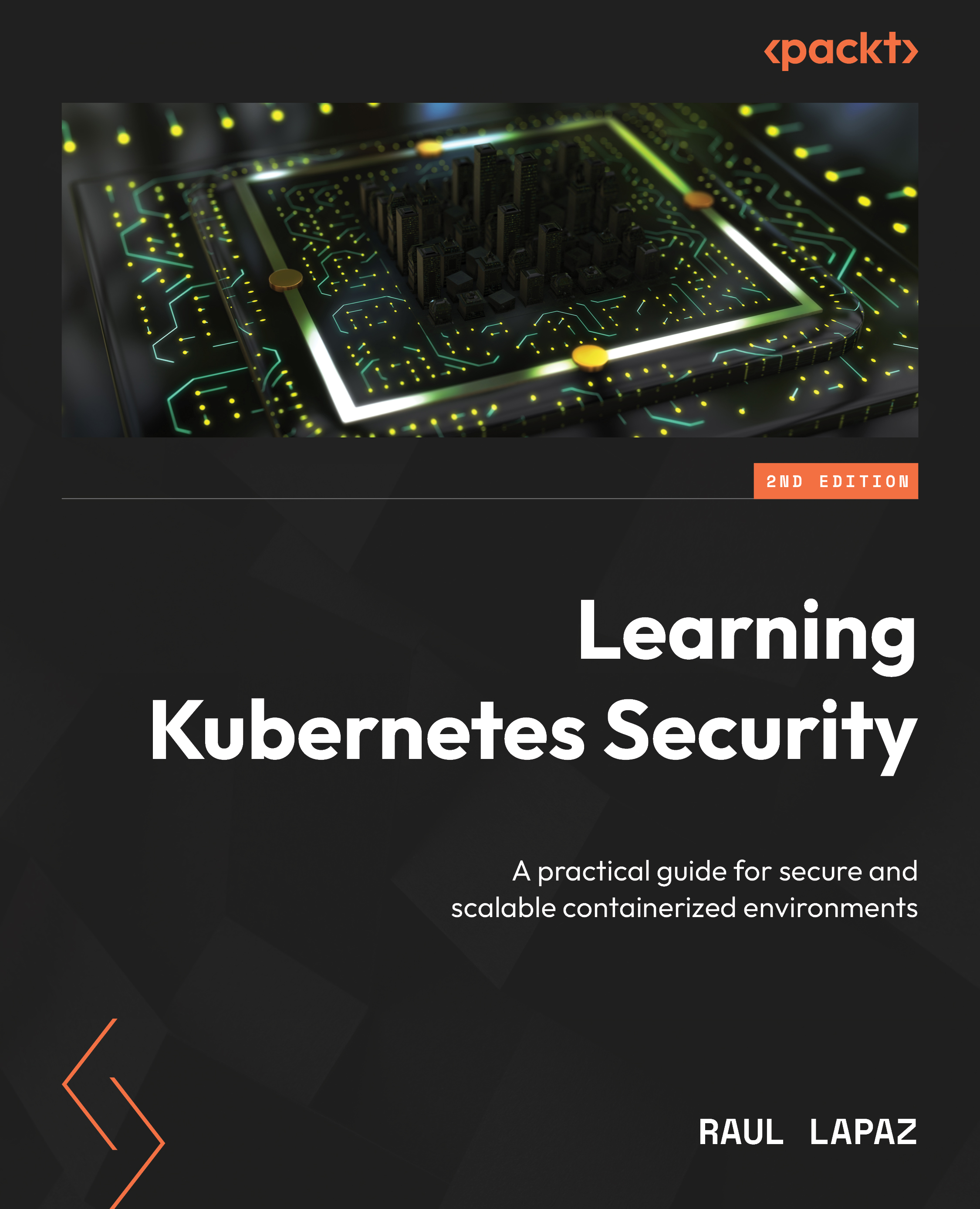Security boundaries in the system layer
Microservices run inside Pods, where Pods are scheduled to run on worker nodes in a cluster. In the previous chapters, we already emphasized that a container is a process assigned with dedicated Linux namespaces. A container or Pod consumes all the necessary resources provided by the worker node. So, it is important to understand the security boundaries from the system’s perspective and how to fortify it. In this section, we will talk about the security boundaries built upon Linux namespaces and Linux capabilities together for microservices.
Linux namespaces as security boundaries
Linux namespaces are a feature of the Linux kernel to partition resources for isolation purposes. With namespaces assigned, a set of processes sees one set of resources while another set of processes sees another set of resources. We already introduced Linux namespaces in Chapter 2, Kubernetes Networking. By default, each Pod has its own network namespace...

































































